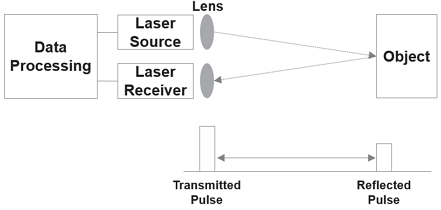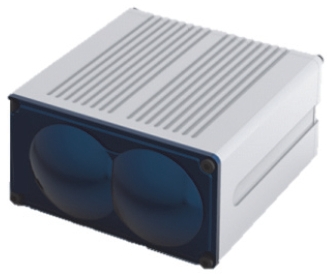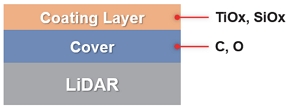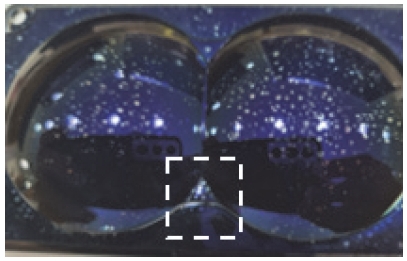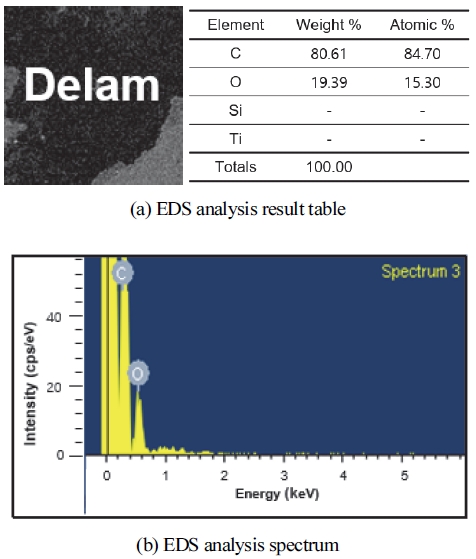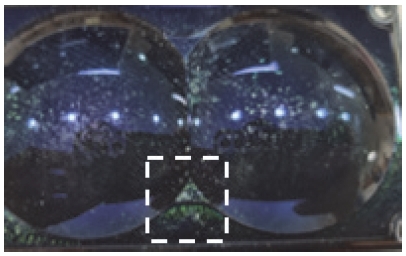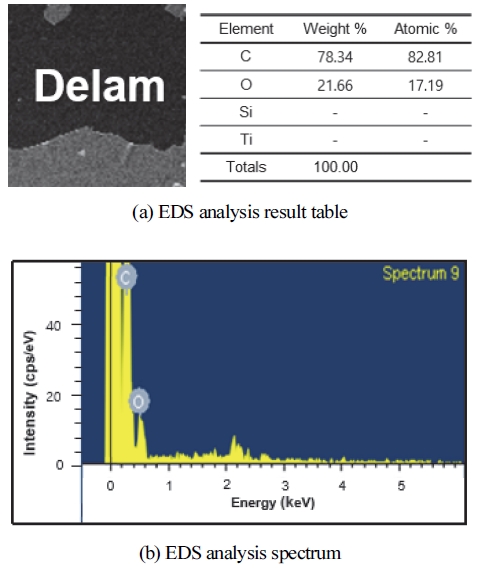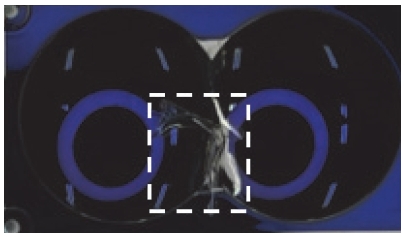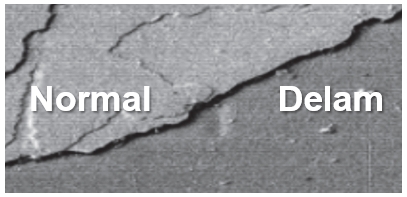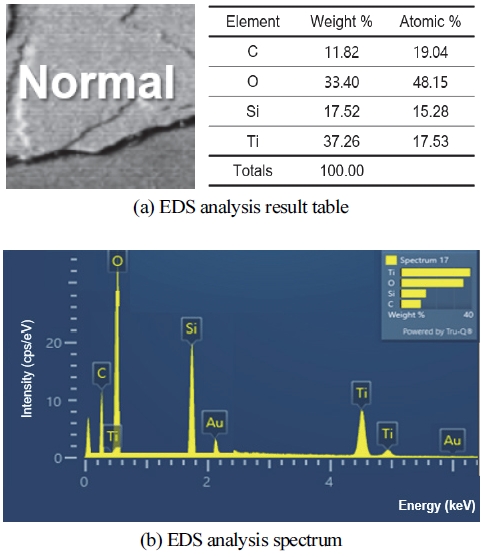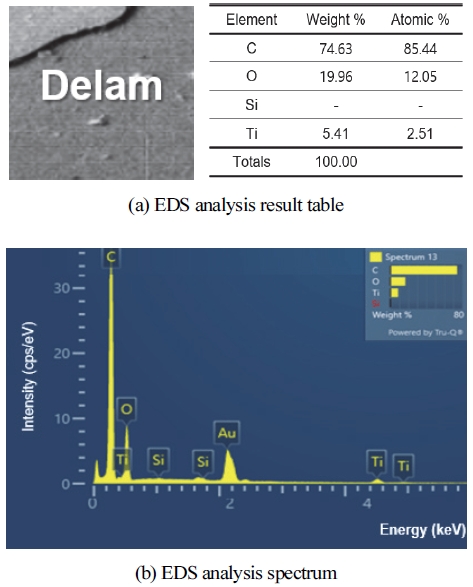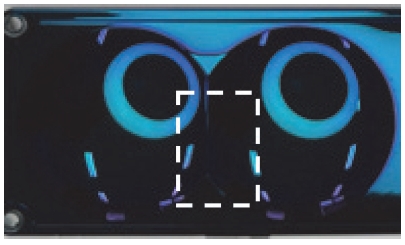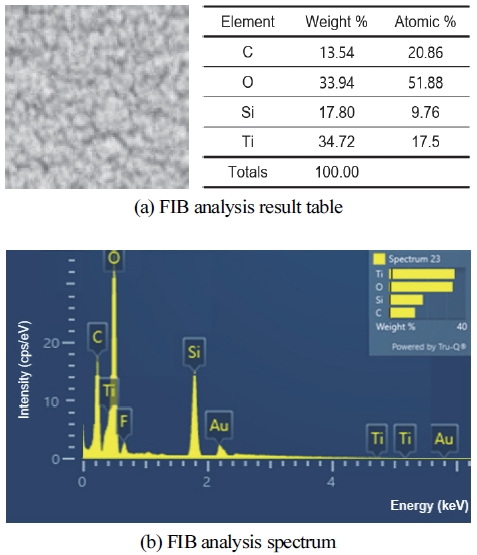
Reliability Analysis of LiDAR Sensor for Automotive Applications
Copyright Ⓒ 2024 KSAE / 219-09
This is an Open-Access article distributed under the terms of the Creative Commons Attribution Non-Commercial License(http://creativecommons.org/licenses/by-nc/3.0) which permits unrestricted non-commercial use, distribution, and reproduction in any medium provided the original work is properly cited.
Abstract
This research focuses on improving the reliability and safety of light detection and ranging(LiDAR) sensors, which are a key technology for self-driving vehicles in the automotive industry. LiDAR, a laser-based measurement technology, drew increased attention as a critical component of self-driving functions and advanced driver assistance systems(ADAS) in vehicles. Amid the growing demand and application in the automotive industry, LiDAR sensors are encountering issues related to their performance and reliability. This paper is studying the causes of such failures in LiDAR sensors in real-world field driving, and is proposing a process improvement methodology. Specifically, the environmental weak point of LiDAR sensors is analyzed through environmental tests under actual driving conditions. Additionally, a structural and component analysis of LiDAR sensors is conducted to identify the causes of failures from a fundamental material perspective. Based on this analysis, we will suggest process improvements for LiDAR sensors, and their effectiveness will be validated under various environmental conditions. The comprehensive results can contribute to improving the reliability and safety of vehicles, particularly in the aspect of self-driving technology.
Keywords:
LiDAR, Failure analysis, Reliability, Environmental test, Process improvement1. Introduction
Self-driving cars detect the surrounding environment through various sensors, and light detection and ranging (LiDAR) and radio detection and ranging (radar) for distance information to objects and cameras for image information of the surrounding environment are some sample representative sensors. In particular, LiDAR is a core technology for self-driving cars, and, unlike cameras, is not affected by light conditions and shadows and has a more precise distance measurement capability than radar. LiDAR has the advantage of recognizing objects in the vehicle’s vicinity with high resolution and precision, allowing it to construct detailed spatial information about its surroundings.1,2) LiDAR utilizes a laser beam to measure and map the vehicle’s surroundings in 3D and comprises various components, such as a laser source, receiver, location information system, and data processing SW, as shown in Fig. 1. In LiDAR, a laser beam of a specific wavelength is irradiated at a target, reflected from the target or vehicle, and returned to the receiver. The distance can be quantified by measuring the time interval until it is received by the receiver.3) By combining this time information with the directionality of the beam, a 3D map of the vehicle’s surroundings can be constructed, as indicated in Fig. 2.4)
LiDAR in the automotive industry is focused on self-driving technology and driving assistance systems which play a crucial role in providing driver safety and comfort. The growing demand for LiDAR in the automotive industry emphasizes the technical importance of LiDAR.5)
In self-driving cars, the reliability and durability of LiDAR are critical factors since they directly affect the safety of users; hence, the requirements for LiDAR precision and stability are constantly increasing.6) Therefore, there is an increasing need to thoroughly analyze and address the causes and mechanisms of failure of LiDAR in the pre-mass production development stage.
This research primarily aimed to improve the reliability and process of automotive LiDAR. In particular, the study investigated the fundamental cause of the delamination phenomenon of the coating surface found in the LiDAR’s coverage area and performed failure reproduction and failure analysis through reliability environmental tests, structural analysis, and component analysis. Beyond the general macro-level analysis of electronic components, the study identified the underlying failure mechanism through micro-level component and material analysis, and based on this, we proposed a process improvement plan for the sensor.
2. LiDAR Reliability Analysis
LiDAR is vulnerable to various environmental factors because it is mounted on the outside of the vehicle.7) If the status of the LiDAR surface cannot be identified in realtime, it may pose major threat to the safety of passengers, surrounding vehicles, and pedestrians as it cannot respond to blind spots caused by contamination, breakdown, or performance degradation.8)
LiDAR failures can be triggered by various environmental factors, such as salt, temperature changes, humidity changes, etc., that occur during road driving. The study reproduces the failure of a LiDAR cover mounted on a vehicle under development through reliability environmental testing and identifies the main material causes of delamination through structural analysis and component analysis.9)
2.1 LiDAR Reliability Evaluation
LiDAR reliability analysis was conducted using a reliability tester, a structural analyzer, and a component analyzer. Among the reliability testers, the salt spray tester has a temperature range of –20 ~ 70 oC, an immersion liquid temperature range of 10 ~ 60 oC, and a wetting temperature range of 50 ~ 70 oC, and the humidity cycle chamber has a temperature control range of 25 ~ 88 oC and a humidity control range of 10 ~ 98 % RH. The optical microscope, a structure analyzer, has a Mega Pixel CCD, and 24 frame/s frame rate specification. The scanning electron microscope(SEM), a component analyzer, has a resolution of 1.0 nm at 15 kV and 2.0 nm at 1 kV and can perform energy-dispersive X-ray spectroscopy(EDS) analysis. Focused ion beam(FIB) has the following specifications: <1.0 nm at 15 kV, <1.5 nm at 1 kV electron optical resolution, 500 V to 30 kV accelerating voltage, and 2 pA to 100 nA current.
Fig. 3 p resents the exterior image o f the LiDAR. This study focuses on the failure of the front part of the LiDAR cover before and after reliability evaluation. Fig. 4 illustrates a multilayer structure image of the LiDAR cover and coating. The LiDAR cover was mainly composed of C and O, and the coating was composed of TiOx and SiOx.
2.2 Salt Spraty Test
Experiments were conducted in which LiDARs were attached to real-world vehicles and exposed to a coastal environment with high salinity and humidity, and coating delamination was observed to occur on the LiDAR covers. The delamination phenomenon was successfully reproduced, as represented in Fig. 5, using a salt spray test(ISO 16750-4, Environmental conditions and tests for vehicle electrical and electronic components), which is a representative environmental test that can reflect the coastal road environment.10,11)
Fig. 6 displays the results of the scanning electron microscope(SEM) analysis of the failure sample, which confirmed the delamination phenomenon divided into a normal area and a delaminated area. A compositional analysis of these areas is conducted to determine the material cause of the failure.
As a result of the EDS component analysis, depicted in Fig. 7’s normal area, the main components of the coating layer, Ti and Si, were detected, indicating that the coating is normally coated. Fig. 8, the failure area, is where the main components of the coating layer, such as Ti and Si, were not detected, and the lower cover layer components were detected, confirming that the coating was delaminated.
2.3 Field Failure Sample Analysis
Fig. 9 demonstrates the front view of the actual field failure part LiDAR cover, and Fig. 10 details the SEM analysis result of the actual field failure part. As in the salt spray test above, the normal area and delamination area were distinguished.
After the EDS component analysis of the area, it was confirmed that the coating was applied uniformly as Ti and Si components were detected in the normal area in Fig. 11, but the main components of the coating, such as Ti and Si, were not detected in the failure area in Fig. 12. Hence, it was determined that the uneven coating application caused the delamination. It also suggests that the salt spray test successfully reproduces the field failure phenomenon.
2.4 High Temperature and Humidity Testing
In addition to salt spray, several environmental factors were evaluated. Since LiDARs are composed of a multilayer structure of covers and coatings, as demonstrated in Fig. 4, which can lead to failure due to mismatched coefficients of thermal expansion when subjected to temperature, an environmental test under high temperature and humidity conditions was conducted(Environmental conditions and tests for vehicle electrical and electronic components, ISO 16750-4).12) Consequently, it was confirmed that the delamination phenomenon of the coating surface was reproduced in the high temperature and humidity sample on the front of the LiDAR cover, as can be gleaned from Fig. 13. The Focused ion beam(FIB) destructive analysis in Fig. 14 confirmed the distinction between the delamination area and the normal area, and the component analysis in Fig. 15 verified the detection of Ti and Si, the main components of the coating, in the normal area, while Ti and Si were detected in very small amounts in the delamination area, as seen in Fig. 16. This confirmed that the delamination was caused by the high temperature and humidity test conditions.
3. Analysis of Failure Causes and Improvements
In conclusion, due to the uneven surface coating, the surface area was exposed to environmental factors, such as salt water, high temperature, and high humidity, which caused surface delamination and led to failure. Based on the comprehensive results of this study’s real vehicle environment-based reliability environmental test, structural analysis, and component analysis, the LiDAR cover coating process was improved by optimizing the gas composition ratio, temperature and pressure conditions, and subsequent curing in the deposition chamber. The front part of the LiDAR cover with the improved coating material as shown in Fig. 17 was not subjected to appearance failure in the salt spray tests and high temperature and humidity tests under the same conditions as before. In addition, EDS component analysis using high-resolution FIB confirmed the detection of Ti and Si, the main components of the coating. Therefore, it is verified, as reflected in Fig. 18, that the reliability of the coating was improved without delamination even after the environmental test.
These results are expected to contribute significantly to improving the stability and reliability of automotive LiDAR in the driving environment. Moreover, it is recommended that the results be further investigated and extended to improve the process of automobile parts covered with the same material and exposed to the same environment.
4. Conclusion
This study intended to improve the reliability of automotive LiDAR and identify the cause of failure. In particular, we focused on the delamination phenomenon of the coating surface and conducted reliability tests, structural analysis, and component analysis to reproduce the phenomenon, analyze the cause, derive process improvement, and improve the product. The following are the major findings of the study:
- 1) It was reproduced and confirmed through reliability tests that the phenomenon of coating surface delamination was caused by environmental factors, such as salt water, high temperature, and high humidity.
- 2) Based on the analysis of the reliability test, the coating thin film deposition was optimized and improved.
- 3) After improving the coating material, the product has improved in the salt spray test and high temperature and humidity test.
- 4) The results of this research can help improve the reliability of LiDAR in automotive and self-driving technology. Moreover, the process improvement methodology for reliability and failure cause analysis is expected to contribute significantly to improving the quality of the entire industry.
Acknowledgments
This research was conducted as a result of the Ministry of Trade, Industry and Energy’s research project on “Support for Automotive Semiconductor Performance Evaluation and Certification” (project number: P0020671) and supported by KADIF’s research project on “Multivariate DB-based Failure Prediction and Health Management Technology for Self-Driving Core Components” (project number: 20018208).
References
-
T. H. Kim and T. H. Park, “Fast 3D Detection of Vehicles Using Density Image of Lidar,” Journal of Institute of Control, Robotics and Systems, Vol.24, No.12, pp.1161-1169, 2018.
[https://doi.org/10.5302/J.ICROS.2018.18.0151]

-
M. H. Sun, D. H. Paek and S. H. Kong, “A Study on Deep Learning Based LiDAR Object Detection Neural Networks for Autonomous Driving,” KSAE Annual Conference Proceedings, Vol.30, pp.635-647, 2022.
[https://doi.org/10.7467/KSAE.2022.30.8.635]

- G. J. Kim, J. S. Eom and Y. W. Park, “Automobile Functional Safety, Autonomous Vehicles, and LiDAR,” Journal of the Korean Institute of Communications and Information Sciences, Vol.34, No.5, pp.27-35, 2017.
- J. D. Kim, K. K. Kwon and S. I. Lee, “Trends and Applications on Lidar Sensor Technology,” Electronics and Telecommunications Trends, Vol.12, pp.134-143, 2012.
- H. W. Lee and S. K. Jung, “Trends in the Development of Materials for LiDAR Components in Autonomous Vehicles,” Trends in Metals & Materials Engineering, Vol.34, No.6, pp.4-14, 2021.
- S. K. Park, “A Study of the Autonomous Vehicle Technology and its Future Trend : Focusing on Current Industry and Technology Convergence of Trend,” Journal of the Korean Convergence Society, Vol.9, No.1, pp.253-259, 2018.
- S. J. Jang, “Trends in Autonomous Vehicle-Related Software Technology,” Journal of the Korean Institute of Communications and Information Sciences, Vol.33, No.4, pp.27-33, 2016.
-
J. J. Won, Y. S. Kang and B. Y. You, “Real-time Contaminated Surface Determination Algorithm for Automotive LiDAR Sensors,” Transactions of KSAE, Vol.31, No.7, pp.531-545, 2023.
[https://doi.org/10.7467/KSAE.2023.31.7.531]

- ISO 16750-4, “Road Vehicles - Environmental Conditions and Testing for Electrical and Electronic Equipment,” 2010.
-
J. B. Moon, S. H. Kim and C. G Kim, “Effects of Salt Water Environment on the Mechanical Behavior of Composites,” Composites Research, Vol.23, No.1, pp.44-50, 2010.
[https://doi.org/10.7234/kscm.2010.23.1.044]

- Y. C. Jang and M. W. Seo, “Failure Analysis of Automotive Semiconductors Using Long-Term Salt Spray Test,” KSAE Spring Conference Proceedings, pp.995-998, 2022.
-
M. G. Song, J. H. Kweon, J. H. Choi, H. J. Kim, M. H. Song, S. J. Shin and J. H. Byun, “Hygrothermal Effect on the Strength of Carbon/Epoxy Composite Single-Lap Bonded Joints,” Journal of the Korean Society for Aeronautical & amp; Space Sciences, Vol.38, No.2, pp.119-128, 2010.
[https://doi.org/10.5139/JKSAS.2010.38.2.119]

